Finding the perfect dog to fit into your family is about more than bringing home the first pretty face you see. There are some dog breeds for experienced owners only – and for good reason. You need to think about your life and choose a dog that’ll be happy in the kind of home you can provide. To start, are you an individual, or do you have a family with children? Do you spend your free time being active, or do you prefer a relaxed life indoors? Have you had dogs before, and if so, what kind of personalities did they have?
There’s nothing wrong with falling in love with the look of a certain breed, but personality is important too. Every dog is an individual. But there are certain traits tied to each breed that can’t be ignored. Experienced dog people know that while every dog benefits from training, some breeds are more complicated to work with than others. Many novice owners are excited to welcome home a new dog, but the feeling fades as they realize they’re not prepared for the drive and intensity some breeds possess. Here’s a list of dog breeds for experienced owners only.
#1 – Border Collie
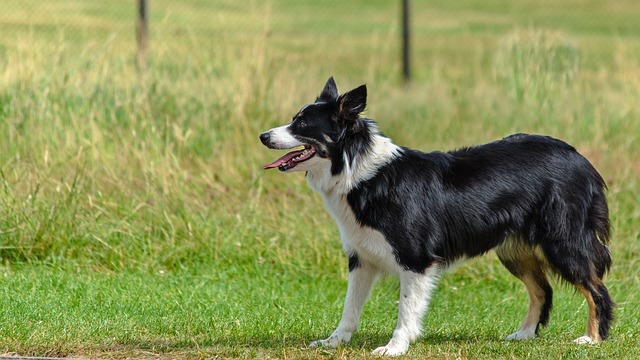
The Border Collie is one of the most versatile working dogs today, and because of this, their temperaments are generally not suitable for those looking solely for a family pet. This breed needs a job to do. Historically, their job has always been herding the family’s livestock. They’re still welcome working dogs on farms across the globe, but today they also do everything including agility, obedience, flyball, and almost anything else their families make available to them.
If they don’t have an appropriate outlet or an assigned job, they’ll make up their own. Their natural herding instinct will lead them to “herd” children in less than productive ways. Without proper training, they tend to resort to nipping and pushy behavior to keep their charges in line. They might also decide it’s their life’s purpose to put a hole in every shoe in your closet. They’re hard to keep up with, and if you fall behind, they’ll become destructive and difficult to manage.
Without an adequate amount of mental and physical stimulation, this breed will not be happy as a pet and will generally became unmanageable. The good news is, their intelligence and natural talent for obedience means that with the right person, Border Collies make excellent companions. They just need someone willing to put a lot of time, effort, and energy into their upbringing.
#2 – Belgian Malinois

The Belgian Malinois is a popular choice for police and military venues. Their work ethic makes them great candidates for jobs of all kinds including weapons detection, bomb sniffing, protection, and even water rescue. They have a natural drive to train and be active, and their high intelligence, alertness, and loyalty toward their people are all valuable character traits for a working dog.
When it comes to being a family pet, however, those same traits can be difficult to manage. Because they are bred almost solely for their working ability, they don’t always have the temperament of a social house dog. Instead of spending a lazy weekend with their family, a Malinois will want to be up and moving all day. Instead of happily greeting neighbors that walk into the yard, an untrained Malinois might resort to their protective instincts. While most dog owners are willing to take the time to teach their pups basic lessons like “sit” and “shake,” not everyone is ready for the commitment of raising a Belgian Malinois.
Without the right amount of mental and physical activity, this breed can become neurotic, destructive, and sometimes aggressive. These dogs will keep their owners on their toes, but when well managed, they can be one of the most rewarding breeds to own.
#3 – Akita
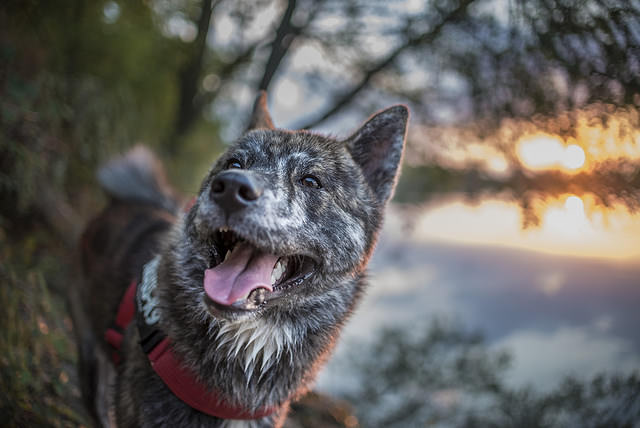
The Akita is a large Japanese breed originally used for hunting large game, such as bear and boar. They also have a proud history standing beside Japanese royalty as their personal protectors. Weighing up to 130 pounds, these big dogs can easily overpower a person. If they get it in their mind that a specific person is a threat, it can be hard to hold them back. Their intentions are usually to protect either themselves or the people they love, but an Akita without training can be unpredictable.
These dogs are independent, aloof with strangers, and deeply loyal to their families. Because of this temperament, they are’t the type of dog that is going to willingly meet strangers at the local coffee shop or greet your mailman with a wagging tail. They have a definite silly side when with the people they’re comfortable with, but it’ll take more than a friendly greeting to convince an Akita you’re one of the good guys. Same-sex aggression with other dogs is common, and Akitas typically prefer to be the only furry members of a family. They need owners who are willing to work around their needs and preferences.
Akitas are large, powerful dogs that will protect their property and therefore are not recommended for owners lacking the desire to be on top of the dog at all times. The American Kennel Club stresses the fact that Akitas need to be well socialized from birth to feel comfortable around people and other dogs.
#4 – Patterdale Terrier

Patterdales may be small, but they are seriously mighty. They weigh less than 15 pounds on average, but that doesn’t keep them from being a fearsome predator when it comes to hunting and stalking. Most popular in England, these dogs are bred almost exclusively for their working ability. A typical terrier, they are bred to hunt and catch vermin such as foxes, raccoons, and groundhogs. Because of this, they should not be trusted around other animals, including dogs, as they will often attack them as if they were quarry.
The average Patterdale is a confident and courageous dog that requires constant management. People like to think small dogs are easy to handle, but Patterdales aren’t the type of dog to give in easily to obedience training. They were bred to be independent hunters, and even out of the woods, they prefer to work alone.
The Patterdale is an example of a dog breed that’s been bred to be a certain way and now finds it difficult, and sometimes impossible, to be pulled from the track their ancestors were put on. They’re not doing anything wrong when they dig up your yard looking for groundhogs because they’re doing exactly what they’ve been bred to do. The issue is, they need owners who are willing to embrace their instinctual characteristics while providing plenty of physical and mental stimulation.
#5 – Korean Jindo
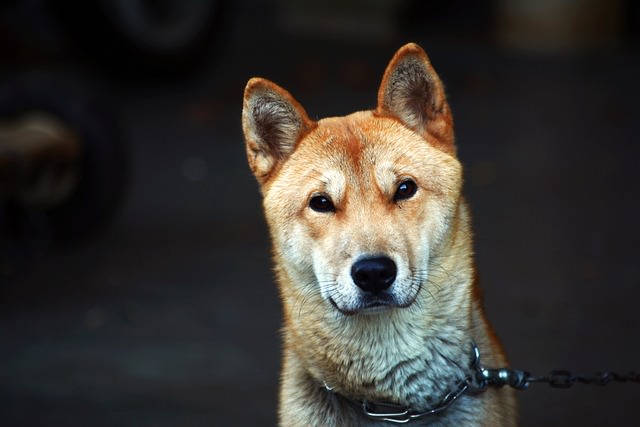
The Korean Jindo is one of the most cat-like dog breeds and therefore not the best choice for someone looking for a social, affectionate pup. They’re loyal to their owners, but they’re more likely to curl up somewhere nearby than right in your lap. This isn’t a bad thing, and it can actually be preferred behavior for people who also enjoy their personal space. Other positive aspects of the Jindo is that while they’re reserved around strangers, they’re rarely aggressive. They tend to be aloof and wary, but they only react when they feel like it’s their only option.
Jindos are skilled escape artists. A Jindo’s family needs to be devoted to keeping their dogs out of trouble. They can magically find their way out of seemingly secure areas. Their natural independence means they’re not afraid to head out exploring on their own. They prefer to think for themselves. Frustration and behavioral issues can arise from being forced into something they’d rather not do .
The Jindo is not generally social with other dogs. Their high prey drive usually means they don’t fit into families that have cats or other small animals. They need a confident trainer and a family capable of meeting their needs.
#6 – Catahoula Leopard Dog
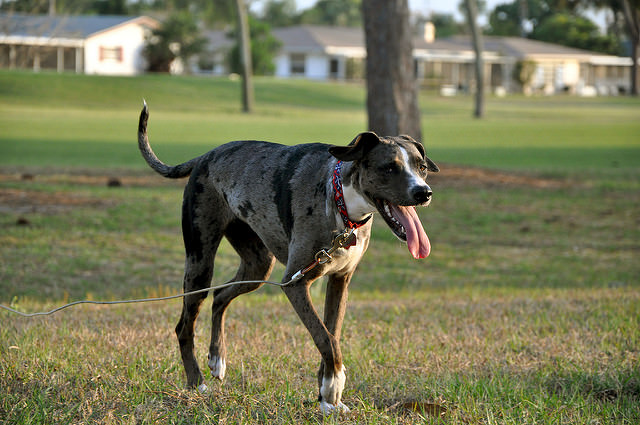
Traditionally used to hunt boar, the Catahoula Leopard Dog is a powerful, courageous dog. People not experienced with working breeds should not own one. They are active dogs that need a lot of physical exercise, and their size and strength can easily become overwhelming. If there are no wild boar around to wrangle, Catahoulas need another kind of outlet to express their energy.
Besides finding an appropriate energy outlet, Catahoulas also need proper mental stimulation. They’re known for their independence, and if not actively engaged, they’ll go off and find their own forms of entertainment. They can be affectionate with people, but they don’t feel the need to always be by their owner’s side. If you don’t know where your Catahoula is, there’s a good chance they’re getting into trouble.
Although the breed is good with people and children, their working history means they’re only truly happy when they have a satisfying job to do. They’re not dogs for people who enjoy spending quiet time at home, and they’ll need consistent training and socialization to ensure they grow into their role as valued family member.
#7 – Boerboel
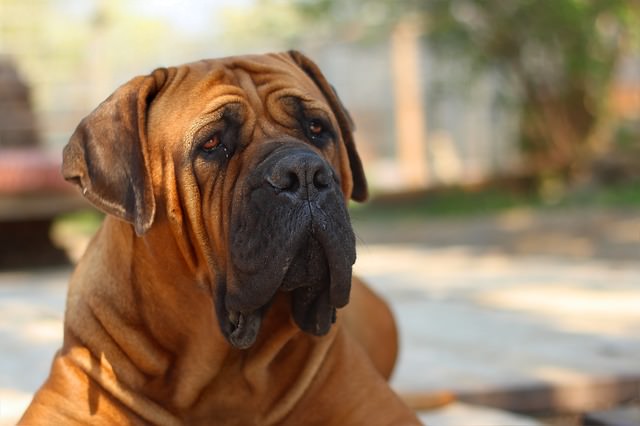
Farmers in South Africa needed a dog tough enough to survive the region’s weather, terrain, and wild animals. The Boerboel was their answer. The breed’s first priority was to guard their owner’s property. Most of the time, the job entailed chasing off hoards of angry baboons, taking on leopards and other big cats.
Many African farms keep this breed to this day, as well as other parts of the globe. Even outside their native lands, however, the breed holds on to its protective instincts. They’re loyal to their families and, at best, they’re aloof with strangers. They won’t be comfortable accompanying you to a child’s baseball game or hanging around while you host a party in your living room. They rarely attack unless provoked, but one person’s form of friendly greeting could be a Boerboel’s version of threatening behavior.
To make a Boerboel part of the family, you’ll need to have an understanding of canine body language and be willing to interject when your dog starts acting uncomfortable. And when the dog weighs as much as an adult human, controlling that strength isn’t easy. The best strategy for integrating a Boerboel into family life is to start early with training and socialization.
#8 – Chow Chow
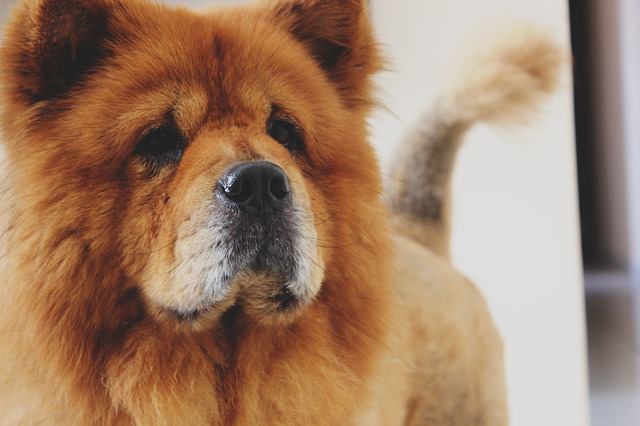
The Chow Chow is one of the oldest dog breeds in existence. Originating in China as all purpose dogs, they were used for hunting, herding, guarding, and drafting. They’re also an example of a dog breed loved for a unique look and often taken on by inexperienced owners. People are attracted to the idea of having a “lion dog,” complete with regal-looking mane. Their fluff and pudgy-looking faces often have them called teddy bears. They might look like a giant version of a plush children’s toy, but that’s where the similarities end.
Chow Chows are protective of their families and property. Owners should practice caution when introducing their dogs to new people. They’re usually happy to relax at home, but they’re not the cuddly teddy bears they look like. Overt affection isn’t their thing, but they are fiercely loyal to their families. They won’t let anyone or anything get between them and the person they love.
Chows can be stubborn and independent, but they also bond well with their owners if training is started early. The key is using positive reinforcement to gain the dog’s trust and respect. They’ll gladly take over the position of alpha family member if they feel their humans aren’t up for the task.
Looking for an easier breed to handle? Check out our list of The 10 Best Dog Breeds for First Time Owners!
 Toledo, United States.
Toledo, United States.